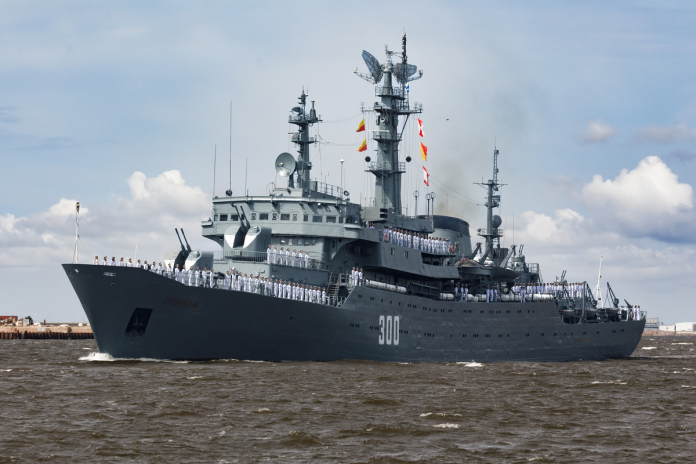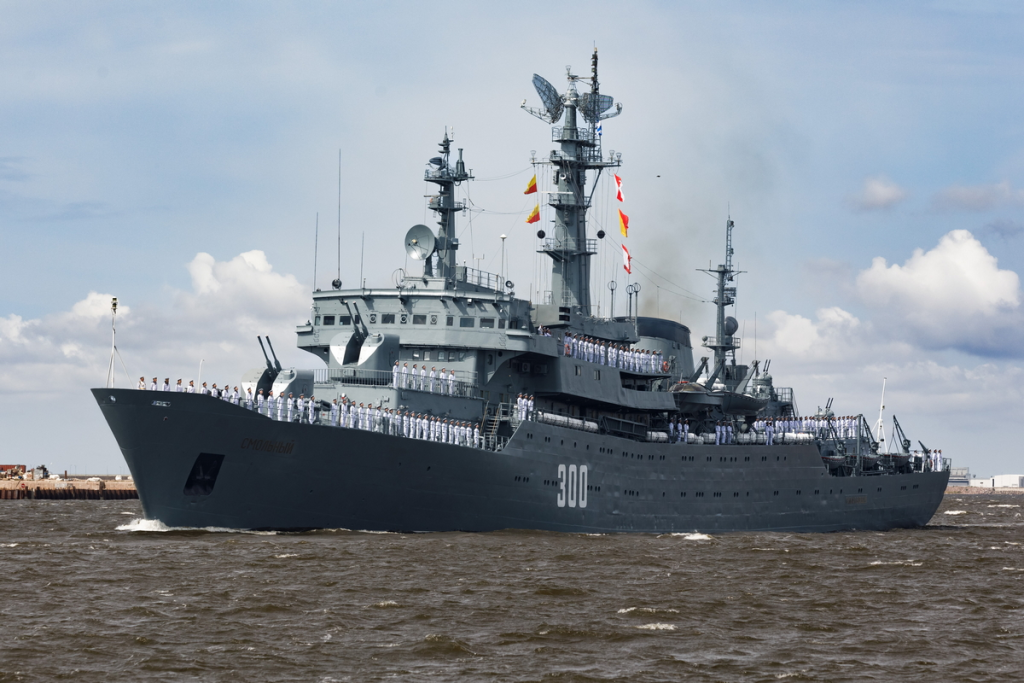
“Russian warship, go yourself.” The defiant phrase that resonated around the world in 2022 is still being heard in the Black Sea. This week, the Navy of Ukraine contributed another installment to that Black Sea tale by striking and sinking a Russian speedboat off the coast of the Tendra Spit an action that illustrates how the struggle for the control of these waters has become one of precision, determination, and machinery.
The battle was more than a tactical success. It was a microcosm of the shifting balance in the Black Sea, where precision raids, drone technology, and strategic geography meet Russia’s broader maritime ambitions. The Tendra Spit, a narrow finger of land jutting into the northern Black Sea, has been made a focal point by both sides a location where surveillance, logistics, and symbolism intersect.
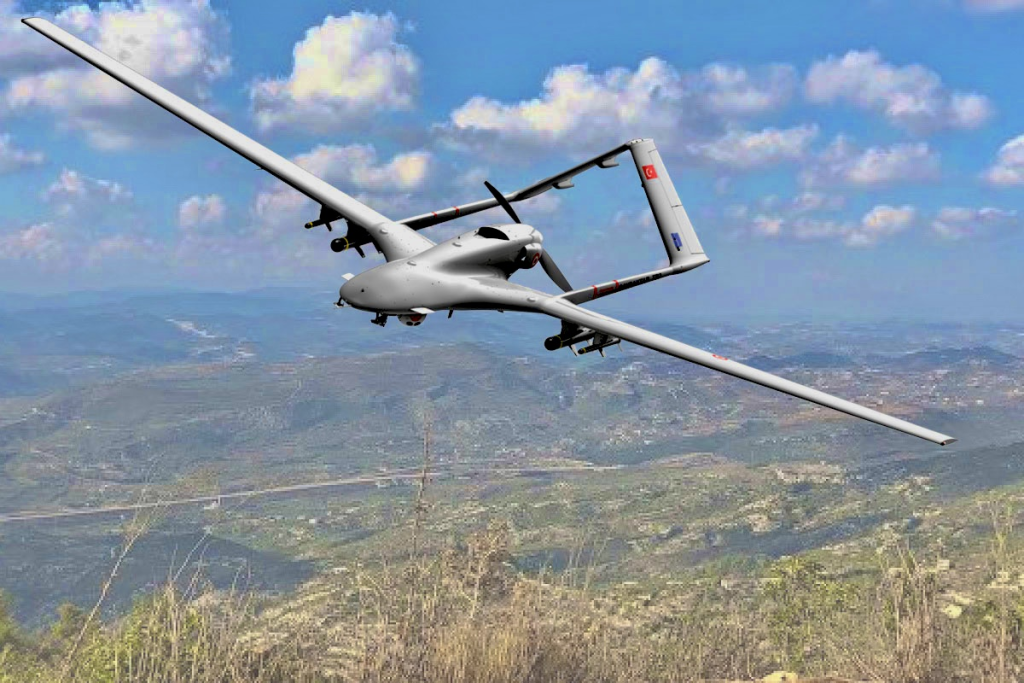
From the return of Bayraktar TB2 to the quiet role of Turkish straits policy, the destruction of one ship tells a lot about the future of naval conflict in the region. There are seven points that are of special significance.
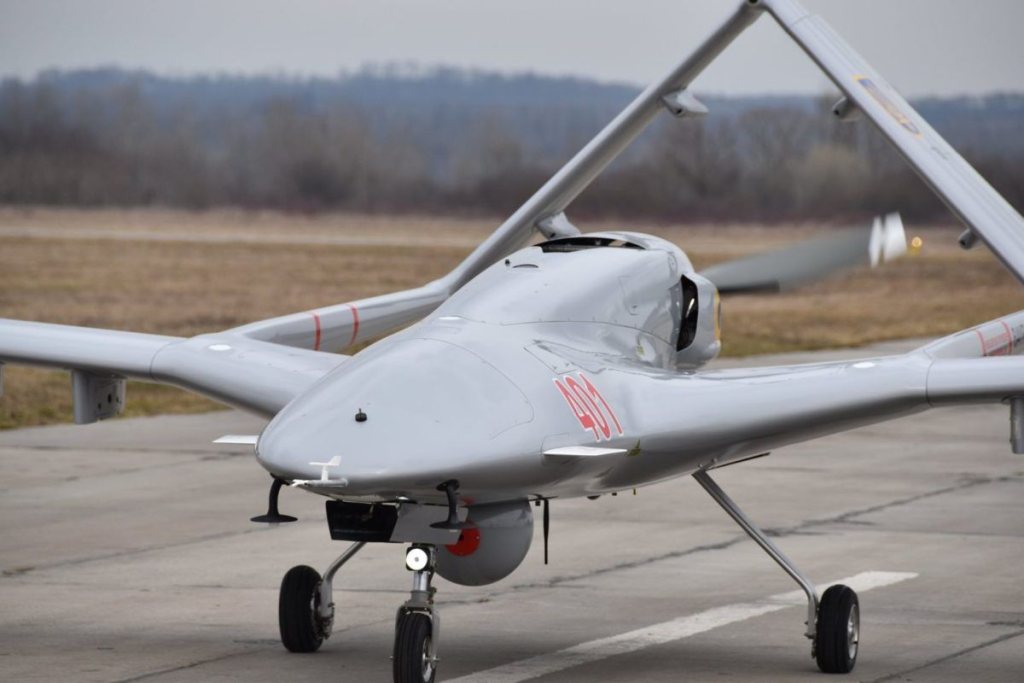
1. A Precision Strike on the Tendra Spit
Ukrainian UAV operators saw a Russian Black Sea Fleet speedboat attempting to beach troops on the Tendra Spit in the Kherson region. With what military sources believe to be a Bayraktar TB2 UAV, they released two precision-guided bombs. One struck the boat directly, destroying it. The second bomb landed among Russian Airborne Forces between buildings on the spit.
The night before last, the Ukrainian Navy reported that seven Russian soldiers were killed and four wounded, though these casualties have not been confirmed. The assault was filmed and shared on social media, serving both as a proof of operation and a psychological blow to Russian forces entrenched close by.
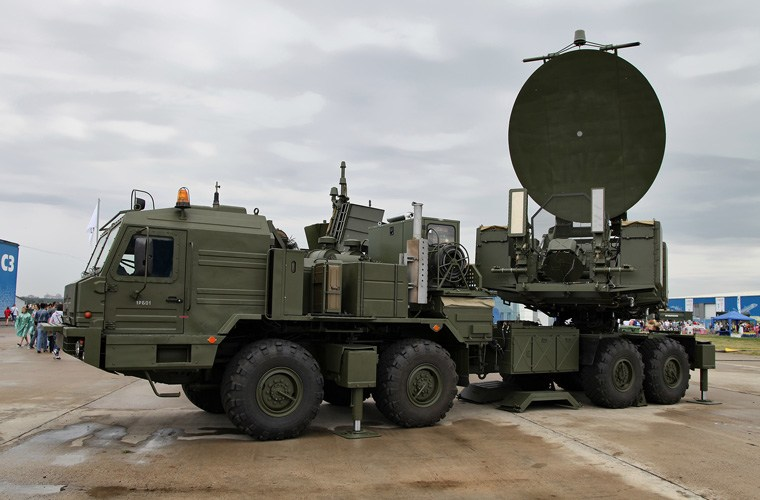
2. The Strategic Importance of the Tendra Spit
The Tendra Spit is a geographical oddity. It juts 65 kilometers into the Black Sea. It is a forward operations and observation position in the northern region. Russian troops have used it to launch relay stations that stretch the reach of reconnaissance and attack drones.
Its strategic location makes it a contested outpost. It has been raided time and again by the Ukrainian special forces, most recently on July 28 when they destroyed a Russian electronic warfare complex and radar station. Yet, in spite of all these raids, Russia continues to occupy it, demonstrating the spit’s staying power as a military outpost.
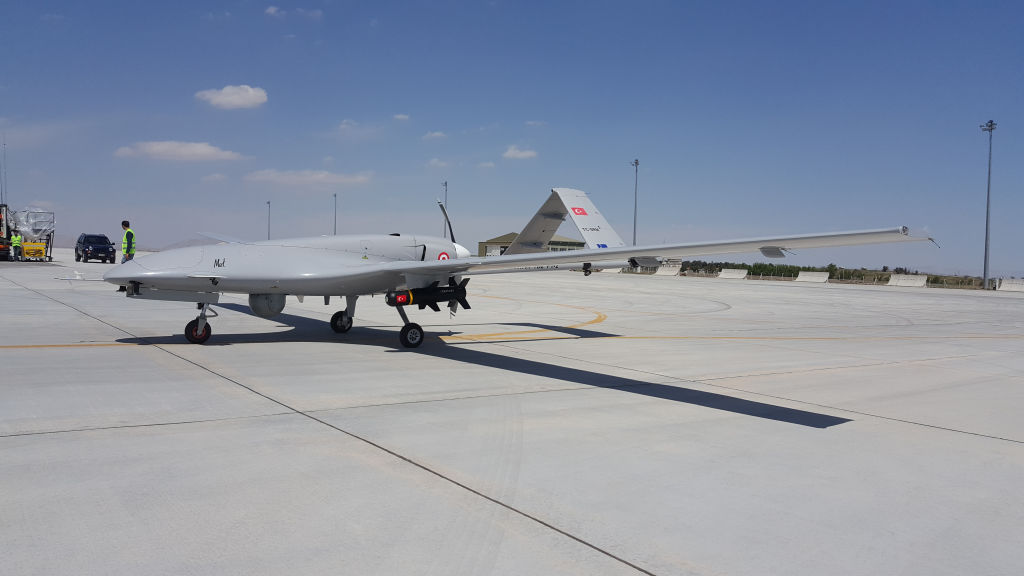
3. Bayraktar TB2’s Return
The first public sighting of the Bayraktar TB2 in months was on June 24, 2025. A symbol of Ukraine’s early resistance, the Turkish-built drone had largely disappeared from view in recent operations. Its reappearance in Kherson indicates its ongoing use in disputed sea zones.
Both equipped with intelligence collection and precision strike capabilities, the TB2 has been bolstered by the erosion of Russian naval air defenses since the Moskva was destroyed. That this present action proves that although Ukraine uses newer drones, older systems prove fatal when paired with good targeting.
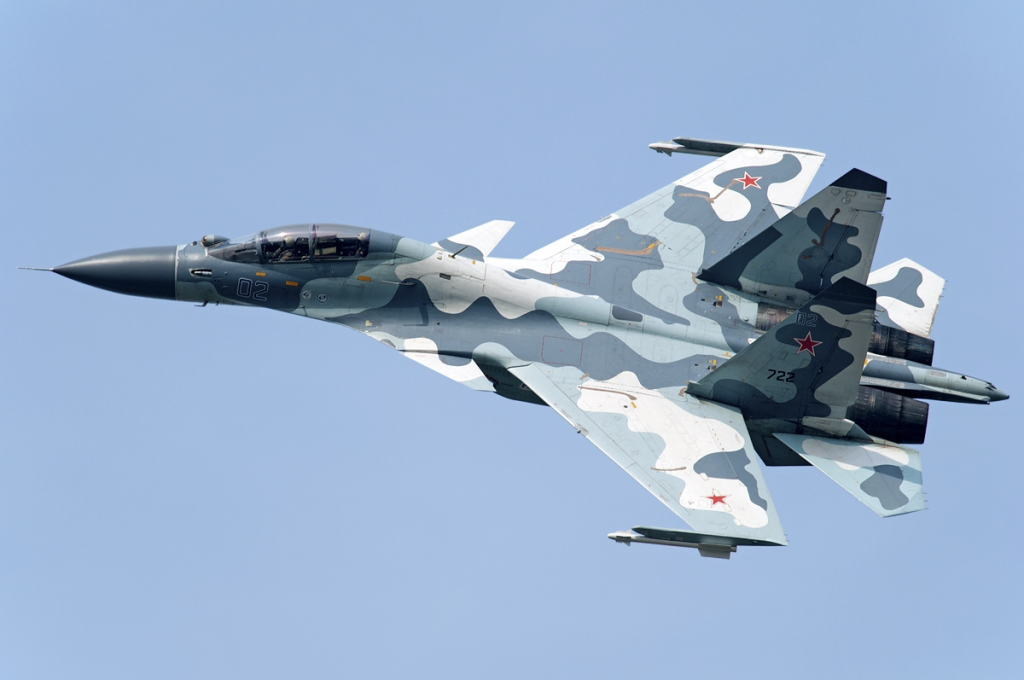
4. Ukraine’s Expanding Naval Drone Fleet
Along with the TB2, Ukraine has been manufacturing advanced naval drones such as the Magura V7 that can stay in the sea for days and, for the first time ever, were reported to have destroyed two Su-30 Russian warplanes. These advances have altered the Black Sea dynamics, pushing Russian warships back from Crimea to the safe harbors.
By combining locally produced systems with cruise missiles supplied by the West, Ukraine has destroyed or put out of commission a third of the Black Sea Fleet of Russia. Britain’s Ministry of Defense approximated by spring 2024 that the fleet was “functionally inactive,” a dramatic reversal from the early days of the war.
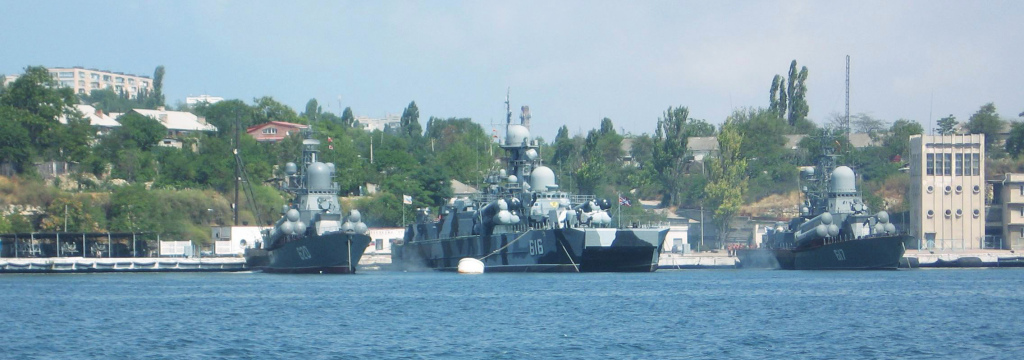
5. Russia’s Maritime Strategy and the Black Sea
The Black Sea is central to Russian military and economic positioning. It carries 22% of Russian oil exports and is the hub for grain and wheat transportation worth $43 billion in 2024. Control of these corridors gives both political and economic power, and geopolitical influence particularly in food-deficient regions.
This economic aspect accounts for Moscow’s ongoing attempts to prevent Ukrainian maritime commerce and gain control over chokepoints. Even in a ceasefire situation, Russia is anticipated by analysts to carry on obstructive maneuvers, ranging from covert mining to ship harassment, to keep up pressure against Ukraine’s export lifelines.
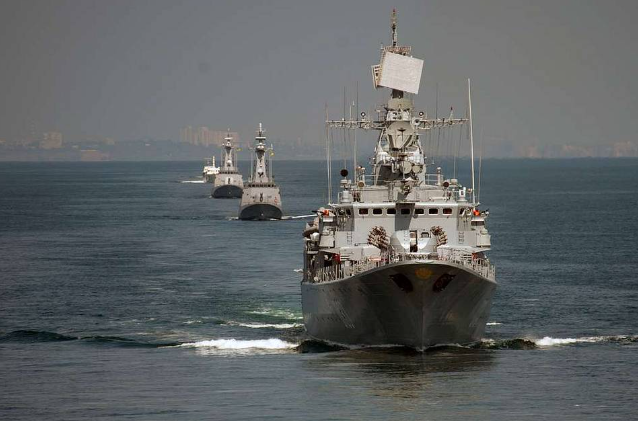
6. Turkey’s Gatekeeper Role
Ankara’s enforcement of the Montreux Convention, which restricts war-time naval transit of the Bosporus and Dardanelles, has recast the Black Sea balance. Closing routes of reinforcement, it has curbed Russia’s freedom of action and upgraded Turkey’s stakes as a regional power and mediator.
Turkey’s long shoreline, control of the straits, and growing navy sit at the nexus of any forthcoming security arrangement for the Black Sea. For Ukraine as well as for NATO, strengthening this partnership is essential to counter Russian ambitions.
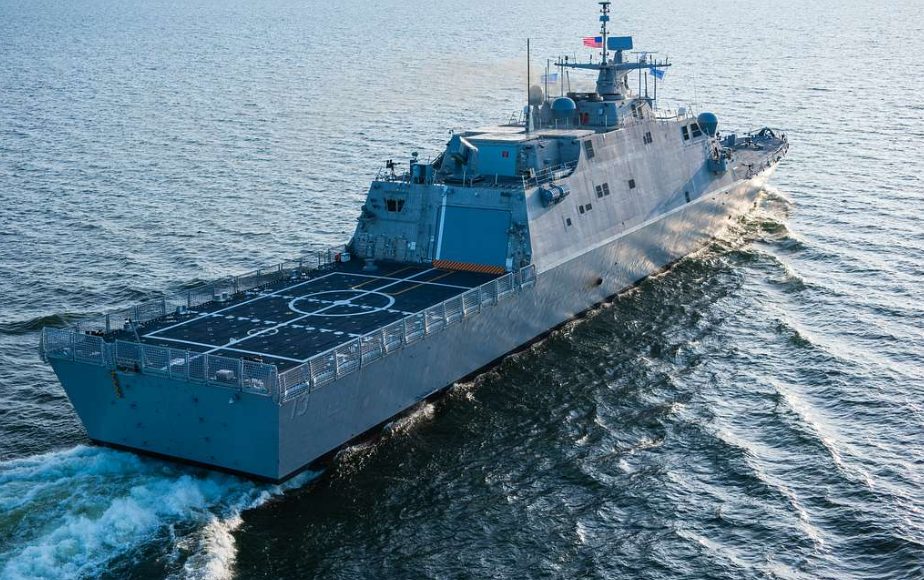
7. Lessons in Modern Littoral Warfare
The Tendra Spit attack illustrates broader trends in contested littoral space the fusion of unmanned ISR assets with human senses, sensor-to-shooter cycles that occur rapidly, and active signature management. As in Ukraine, the synergy of drones, open-source reporting, and partner reporting enables small units to react independently without interference by higher command.
These strategies are reminiscent of the lessons of other conflicts, where technological disparities and adaptive strategy have made up for numbers. In the Black Sea, they are not only tactical maneuvers but part and parcel of a larger strategy to deny the adversary freedom of action.
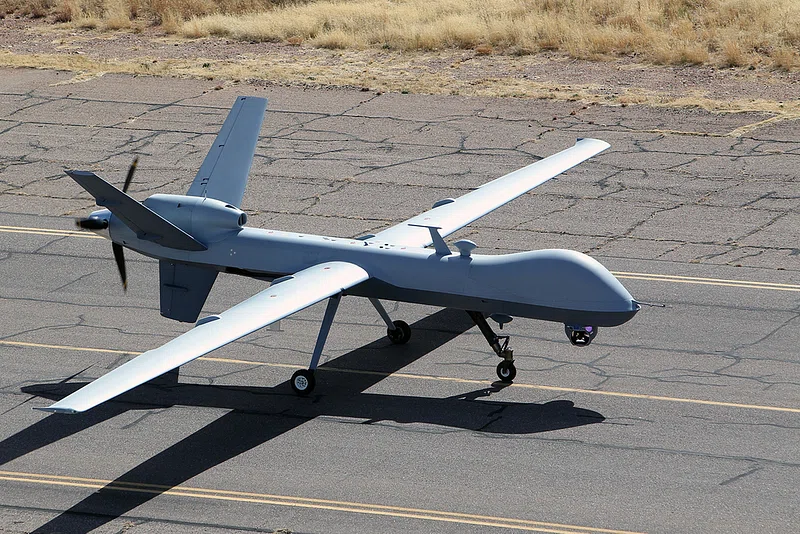
The sinking of a lone Russian speedboat off the Tendra Spit was no minor skirmish. It was a moment within a larger battle one in which geography, technology, and strategy converge in an economic and strategic high-stakes struggle for the Black Sea. As Ukraine develops its unmanned systems and precision-guided munitions, and Russia adapts to preserve its naval presence, the region will remain a proving ground for the future of naval warfare.
